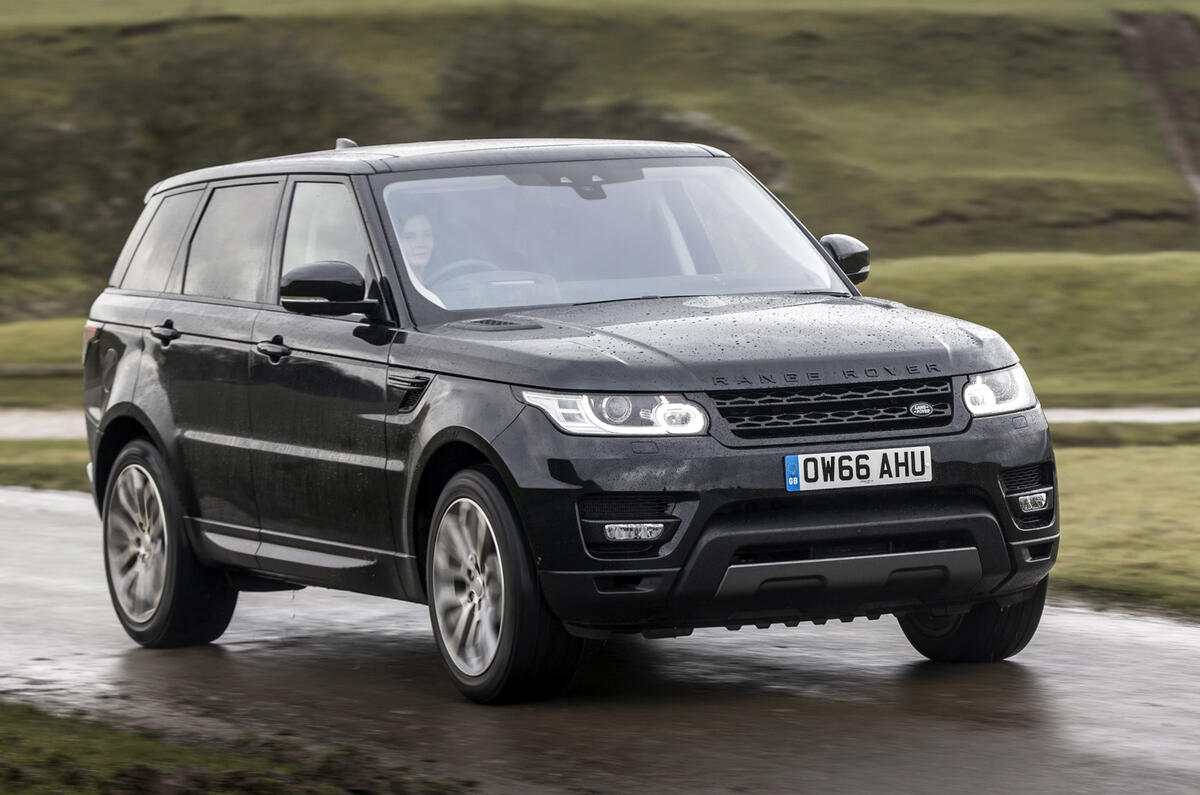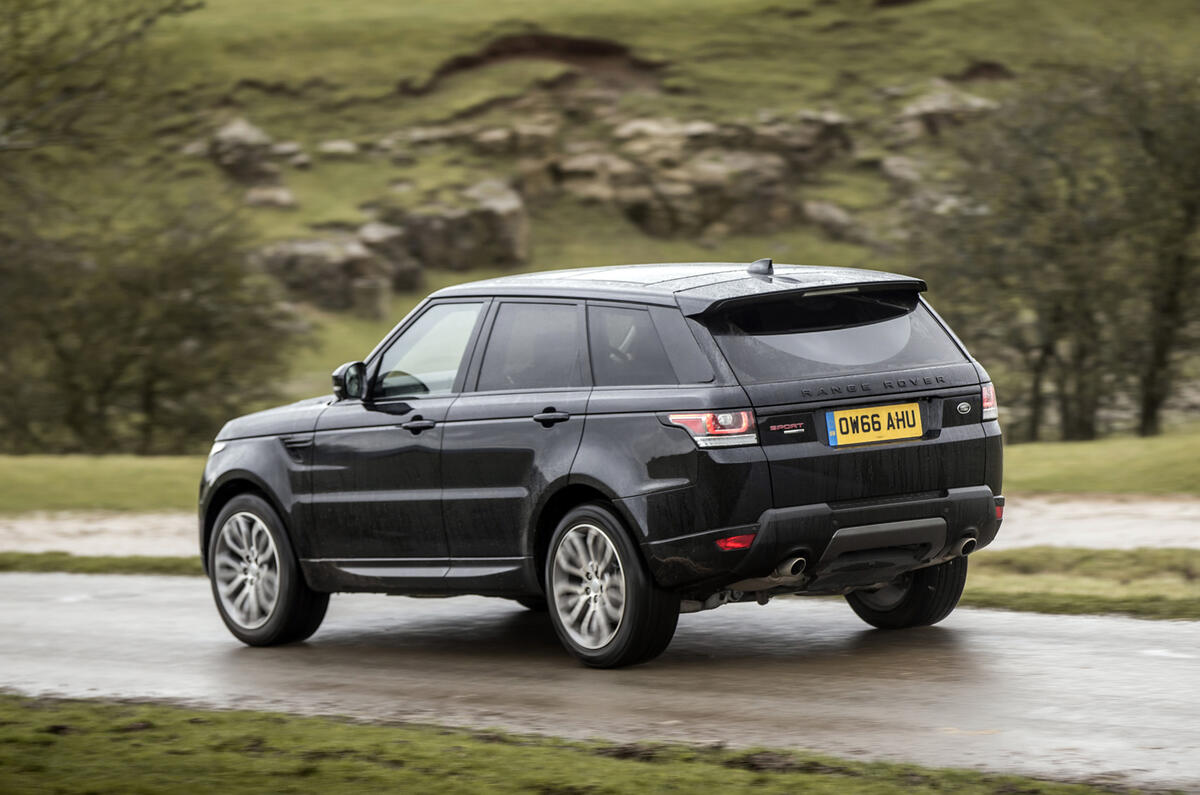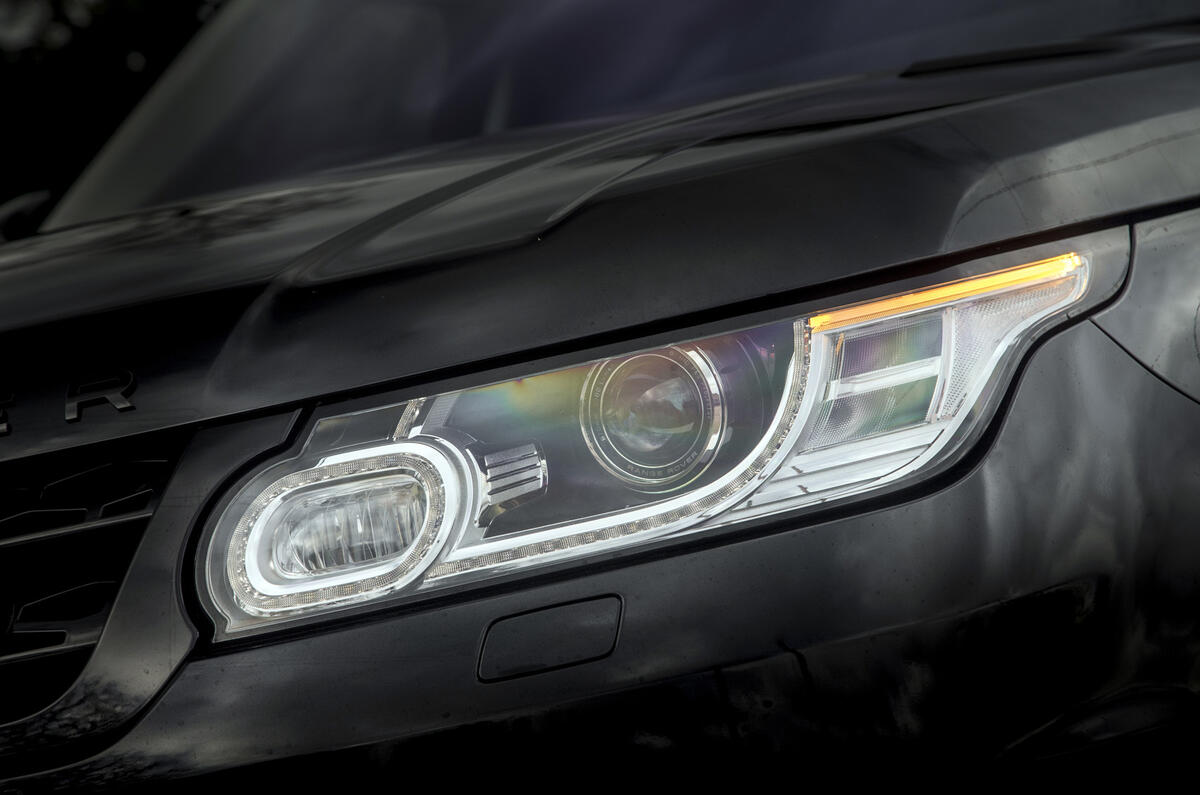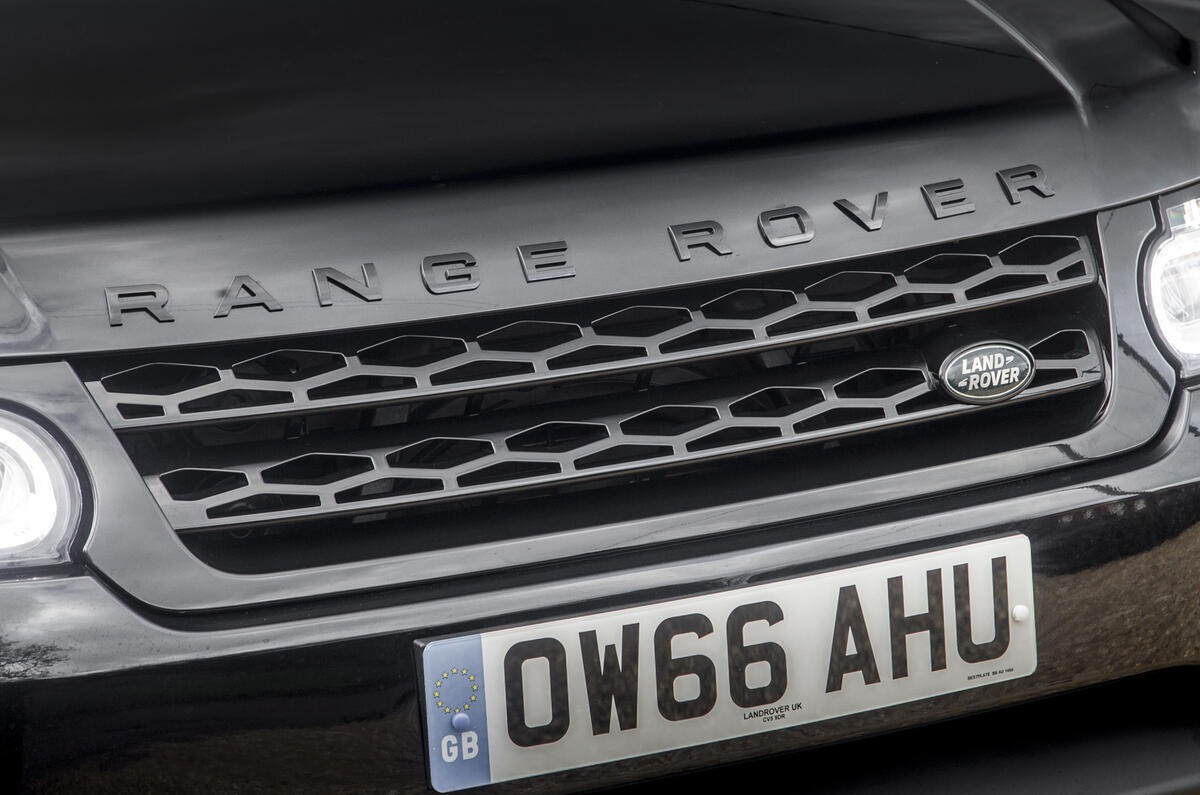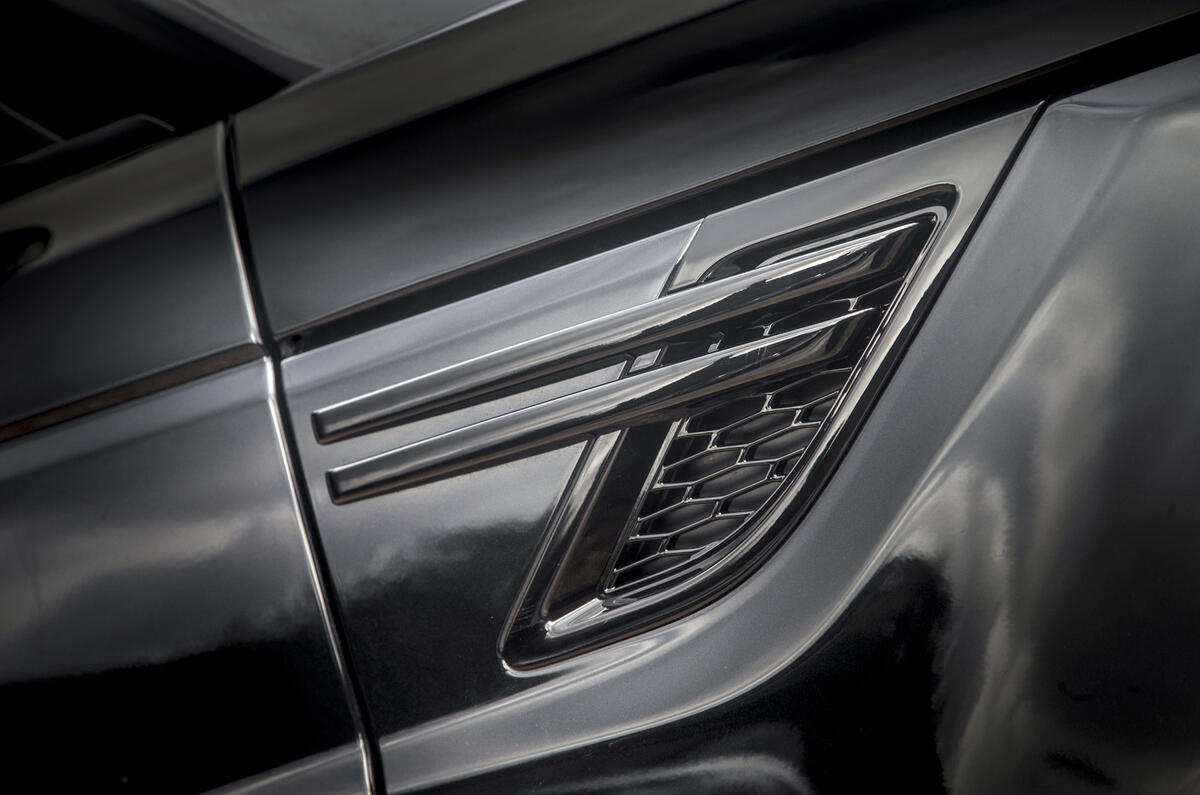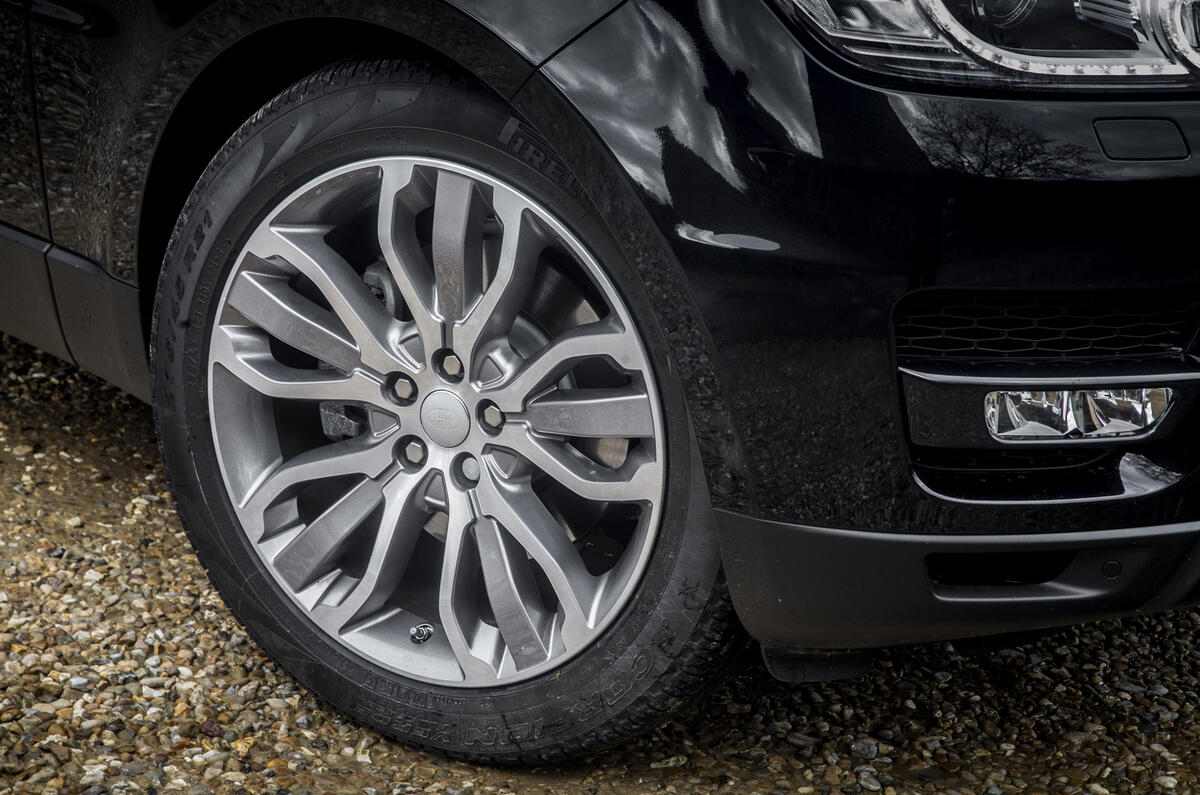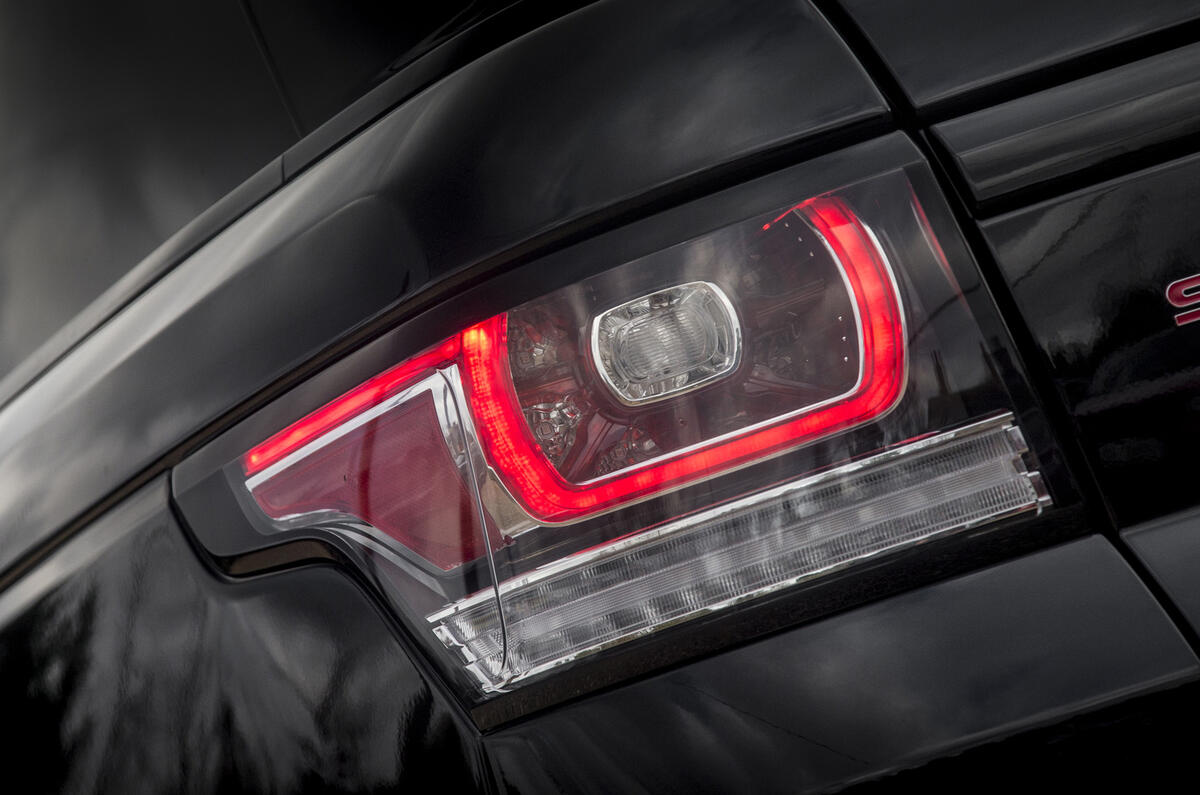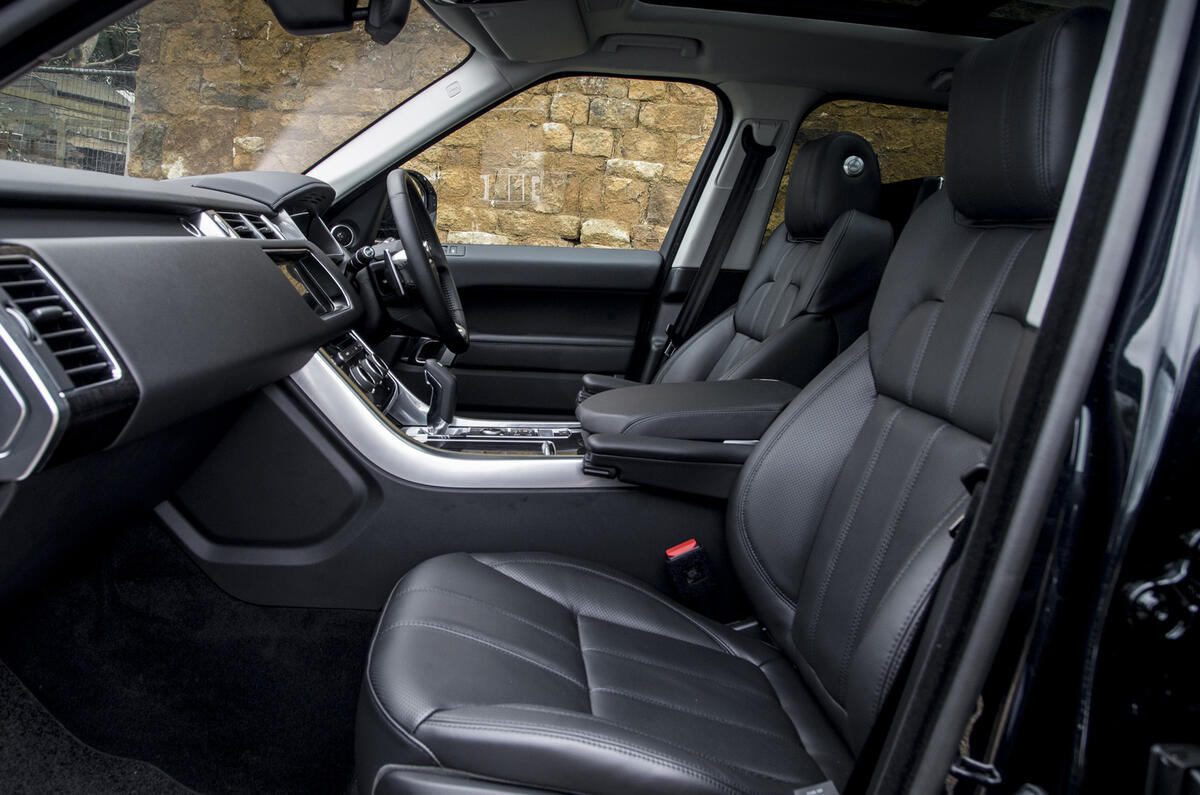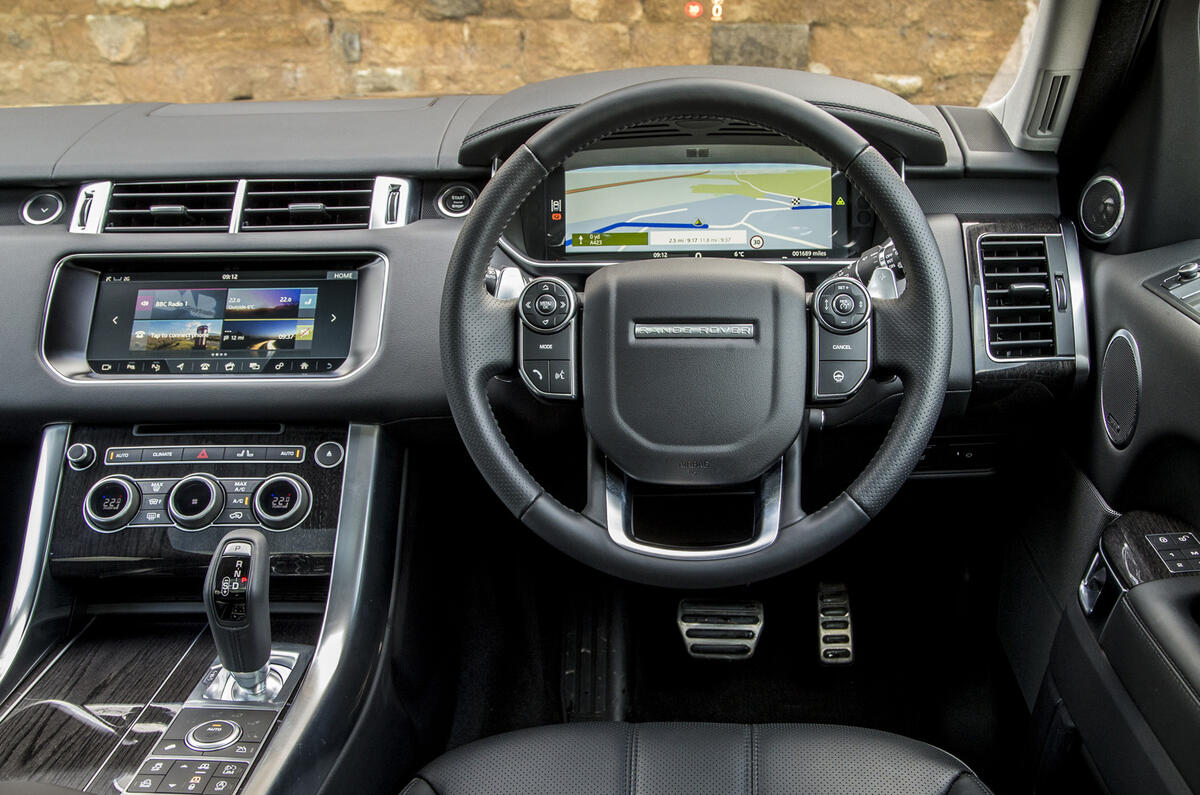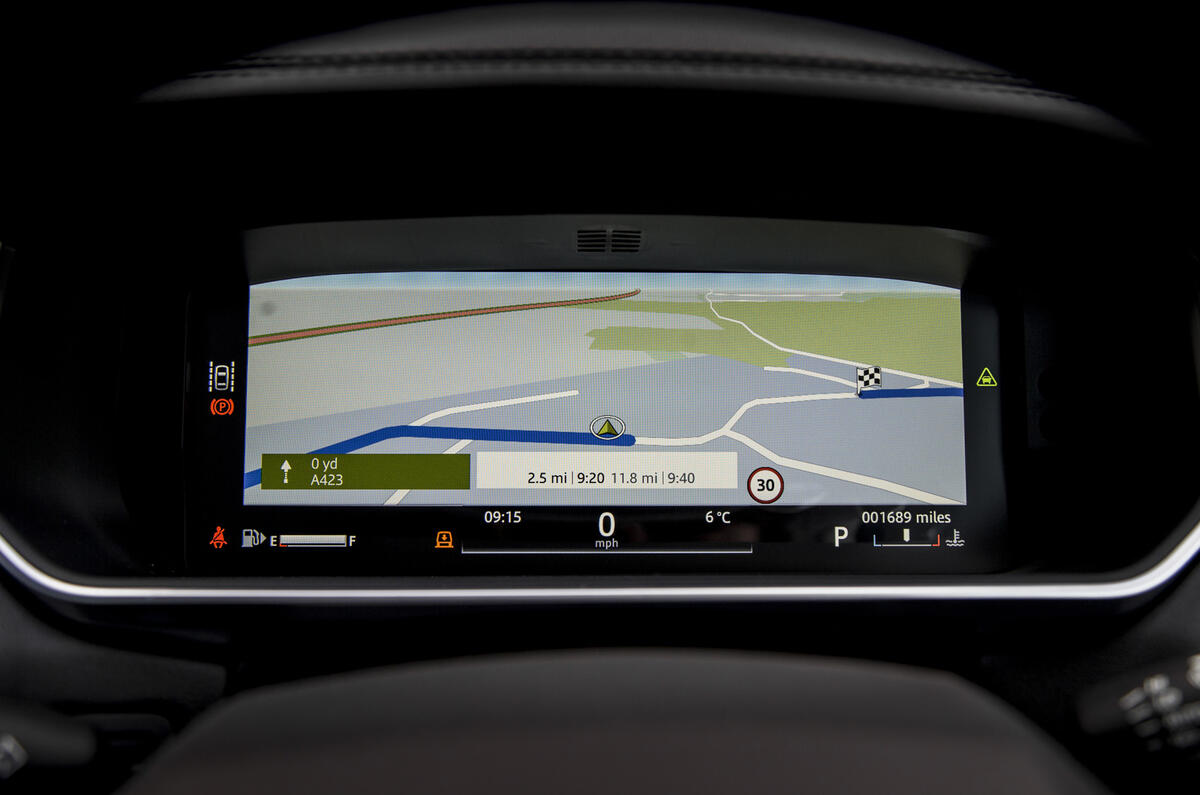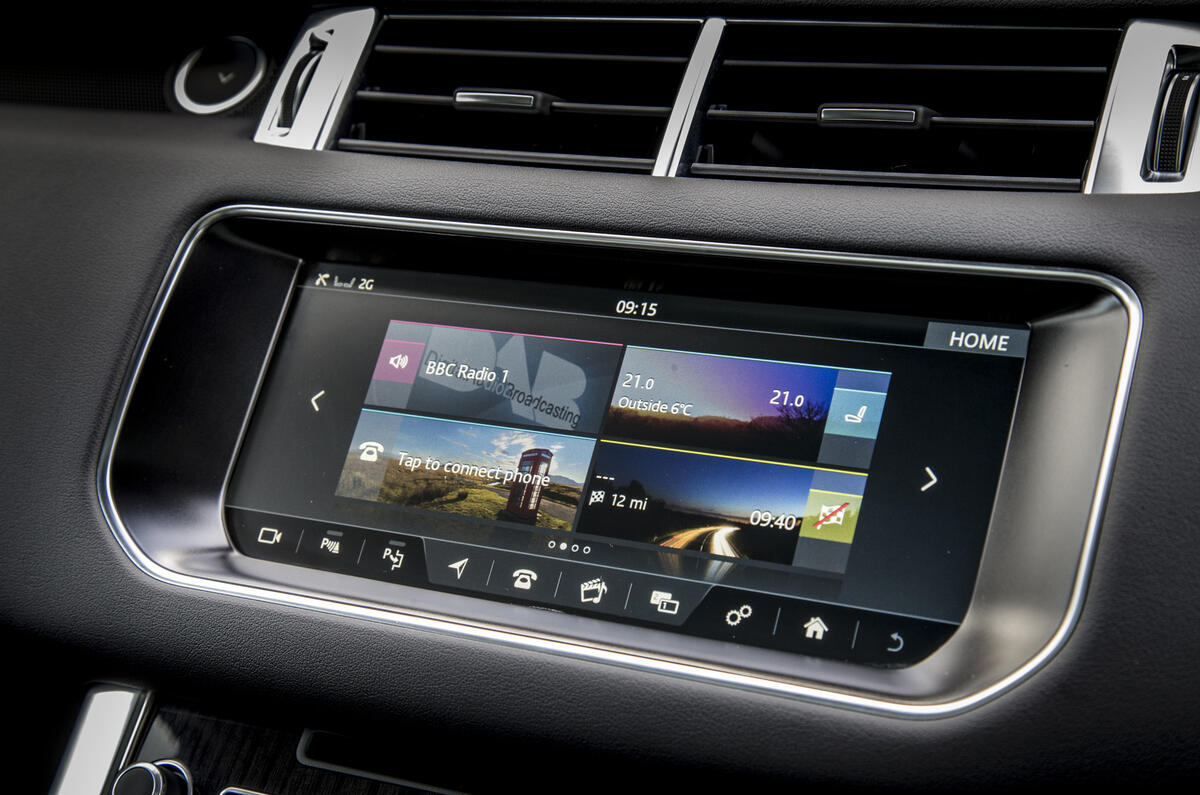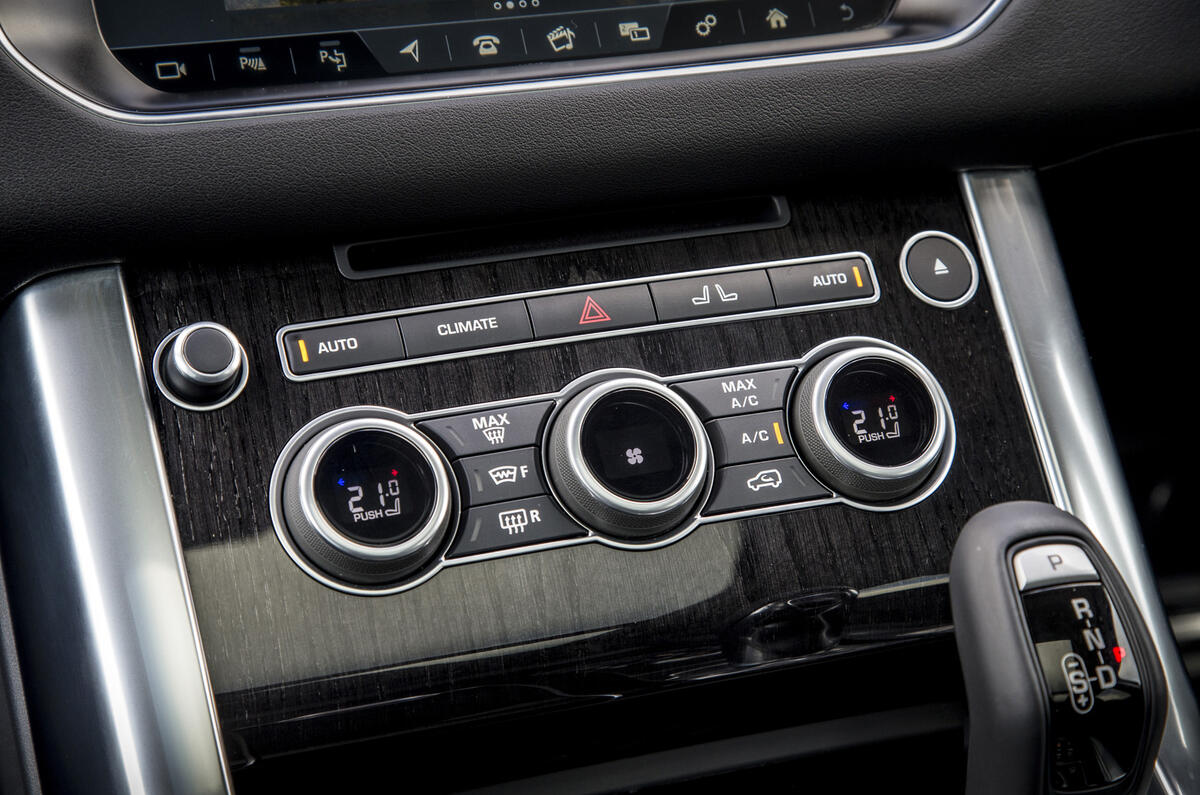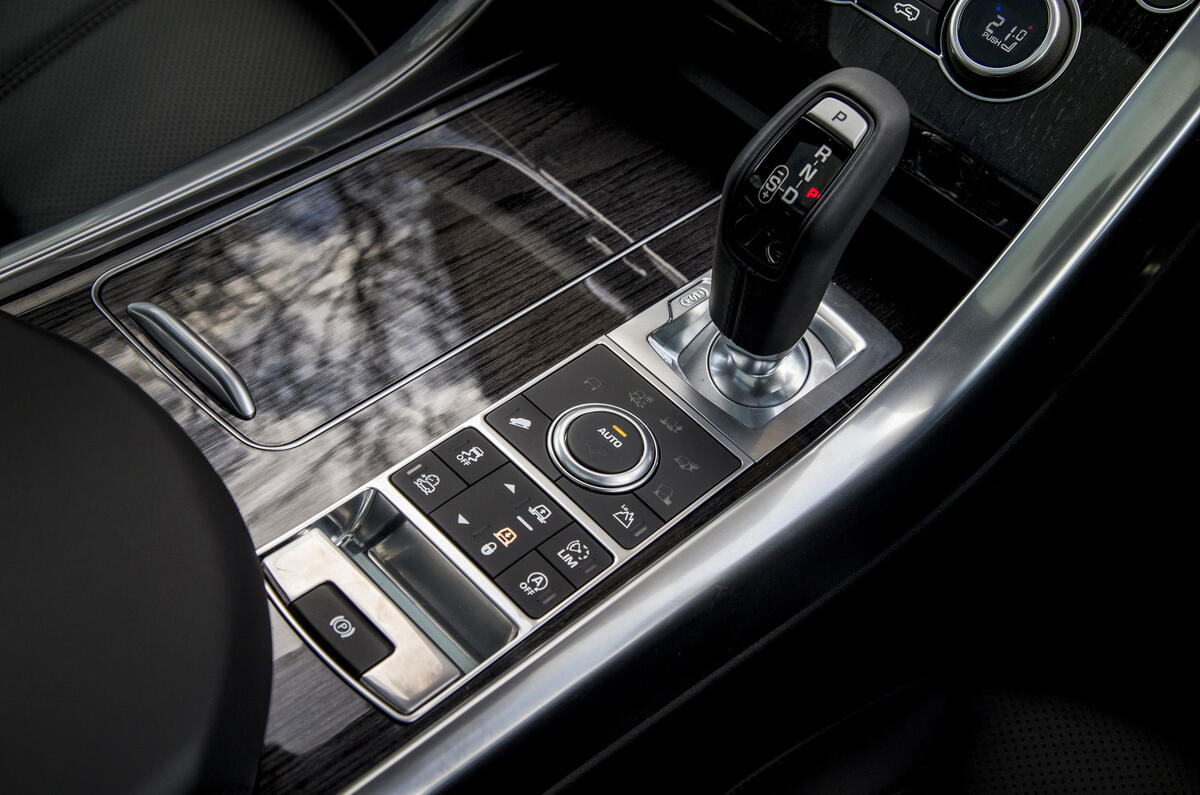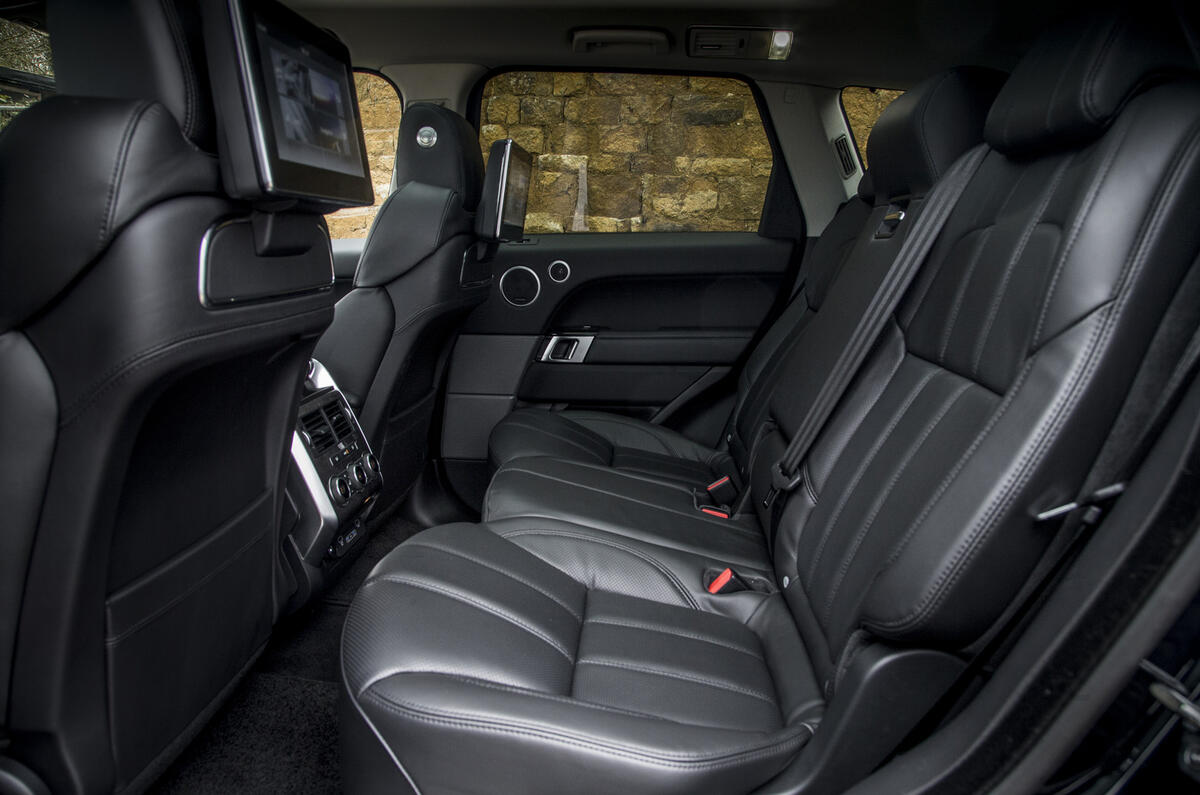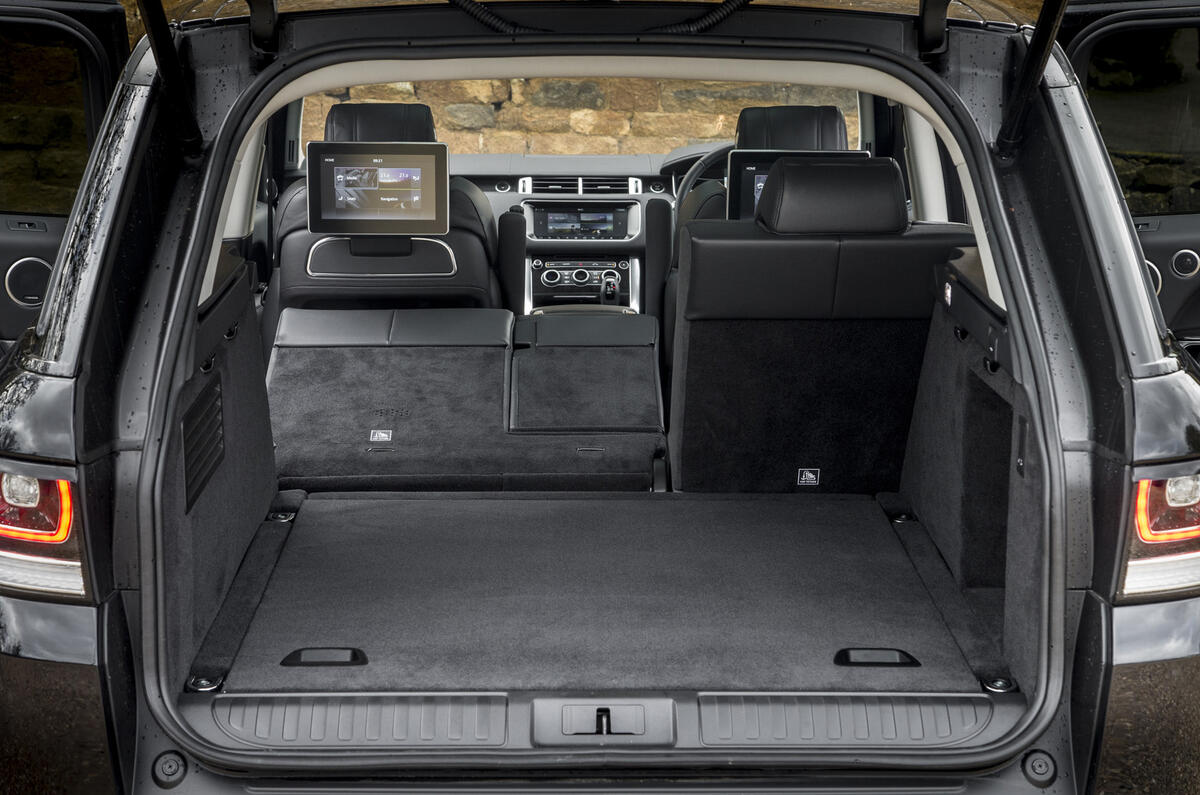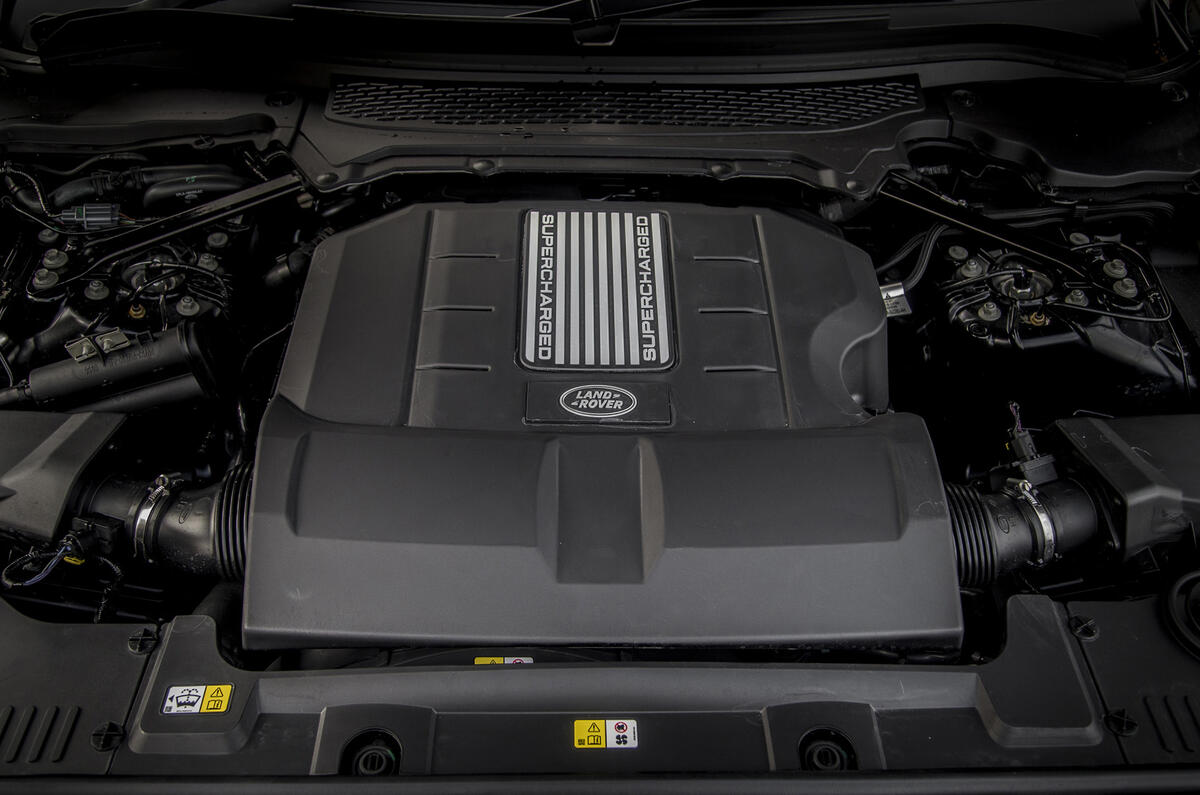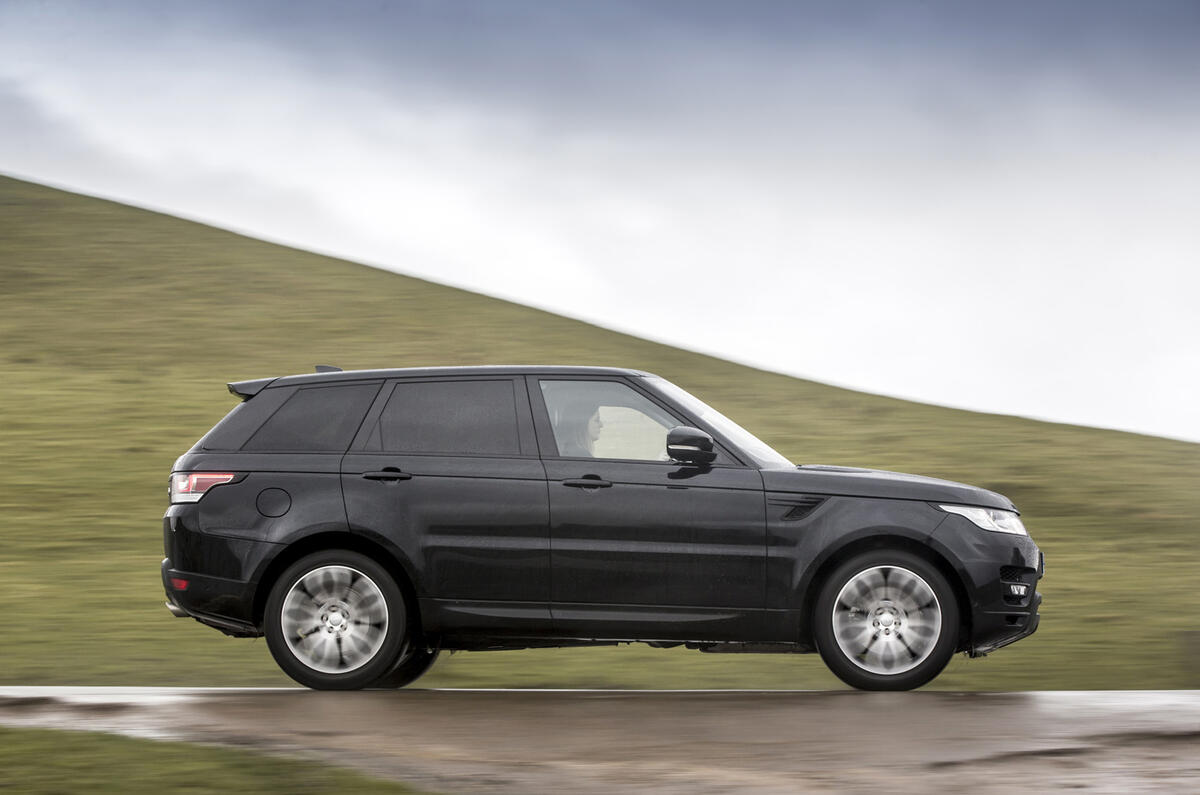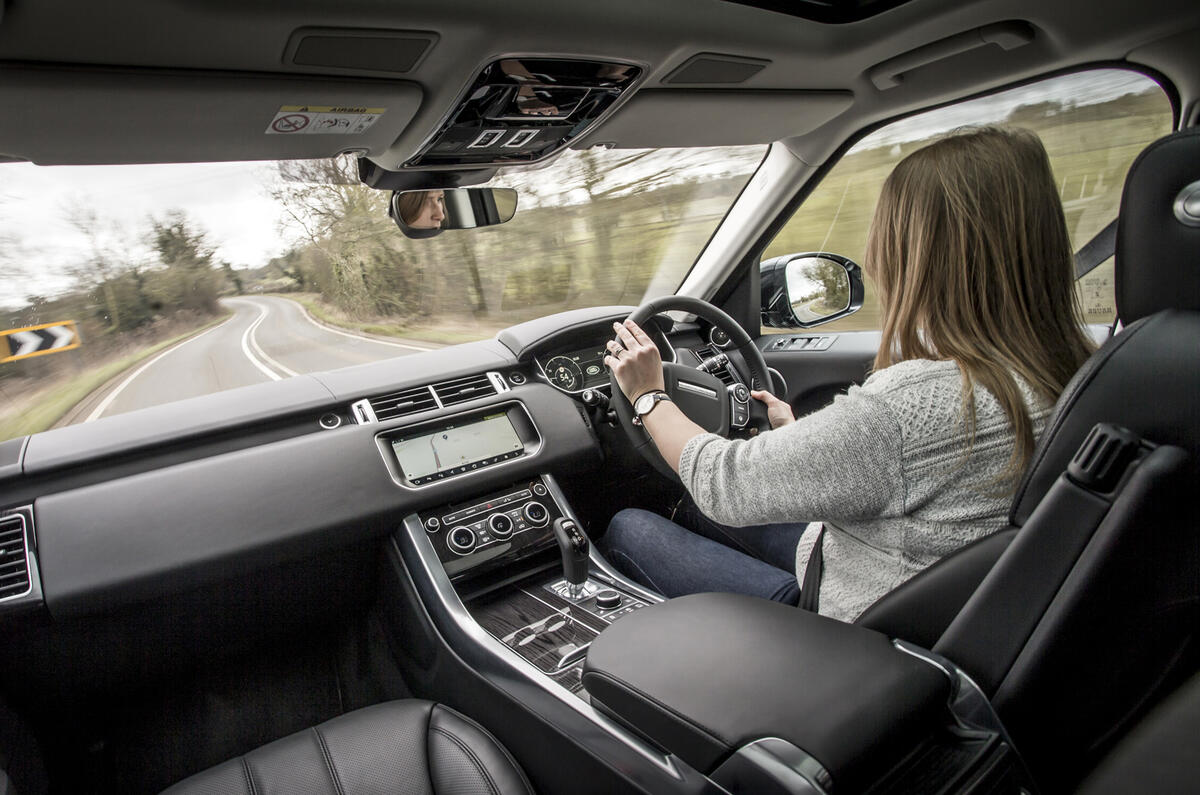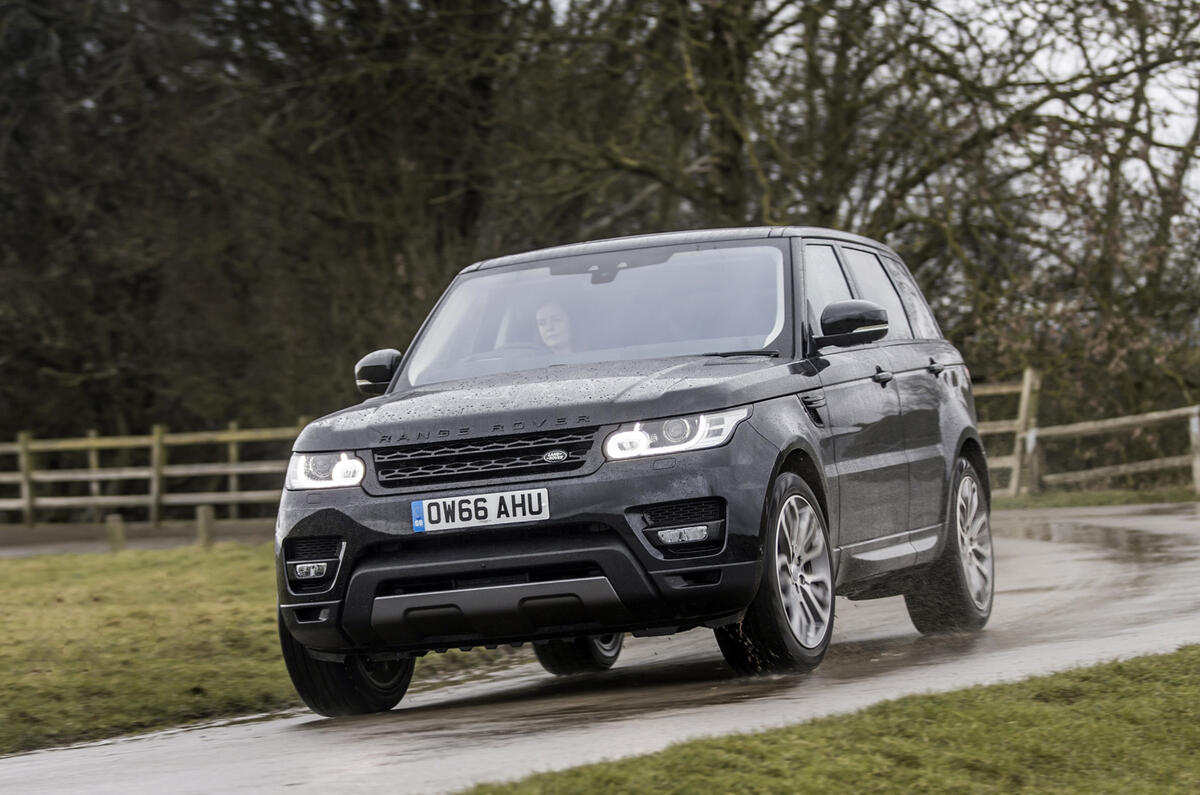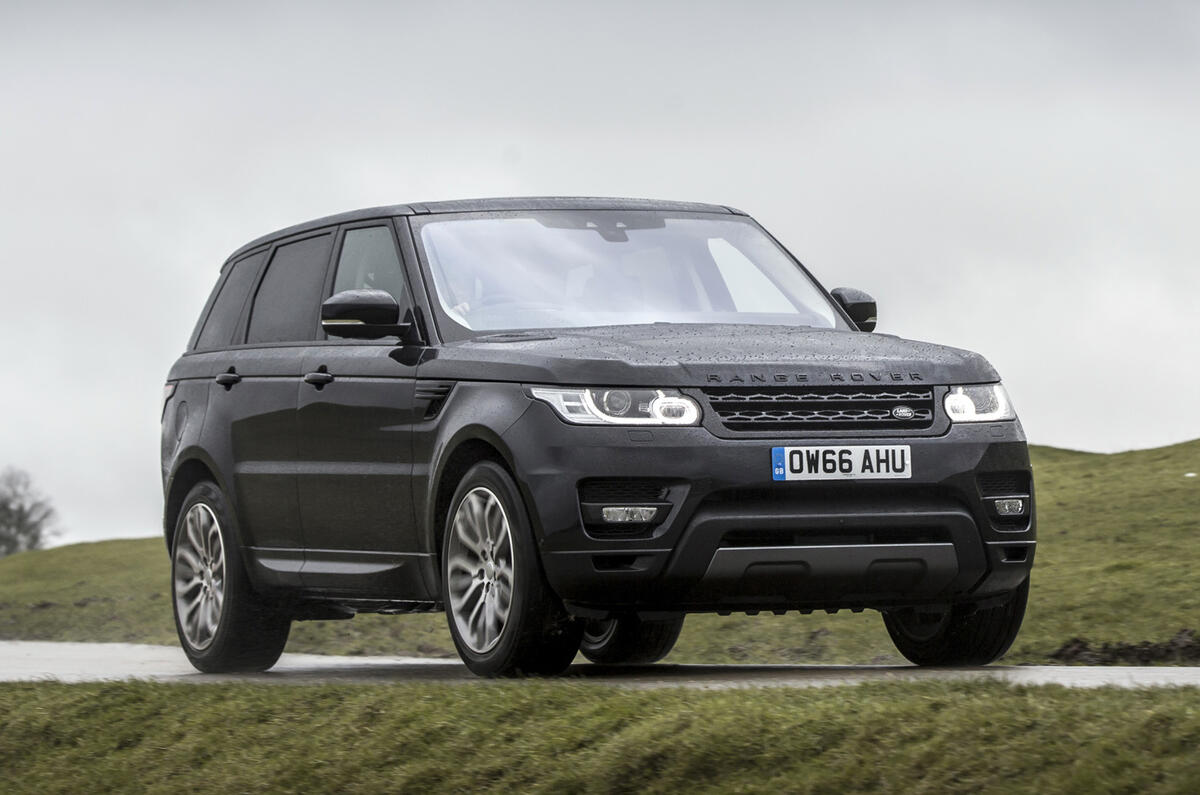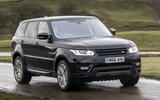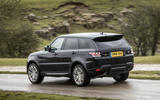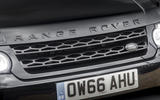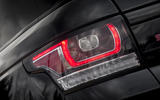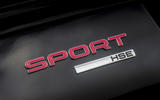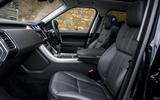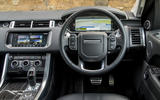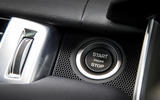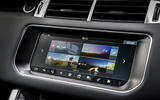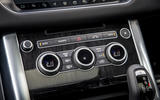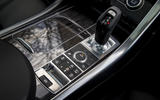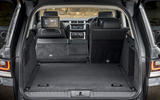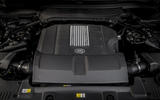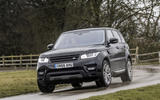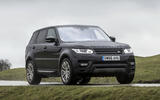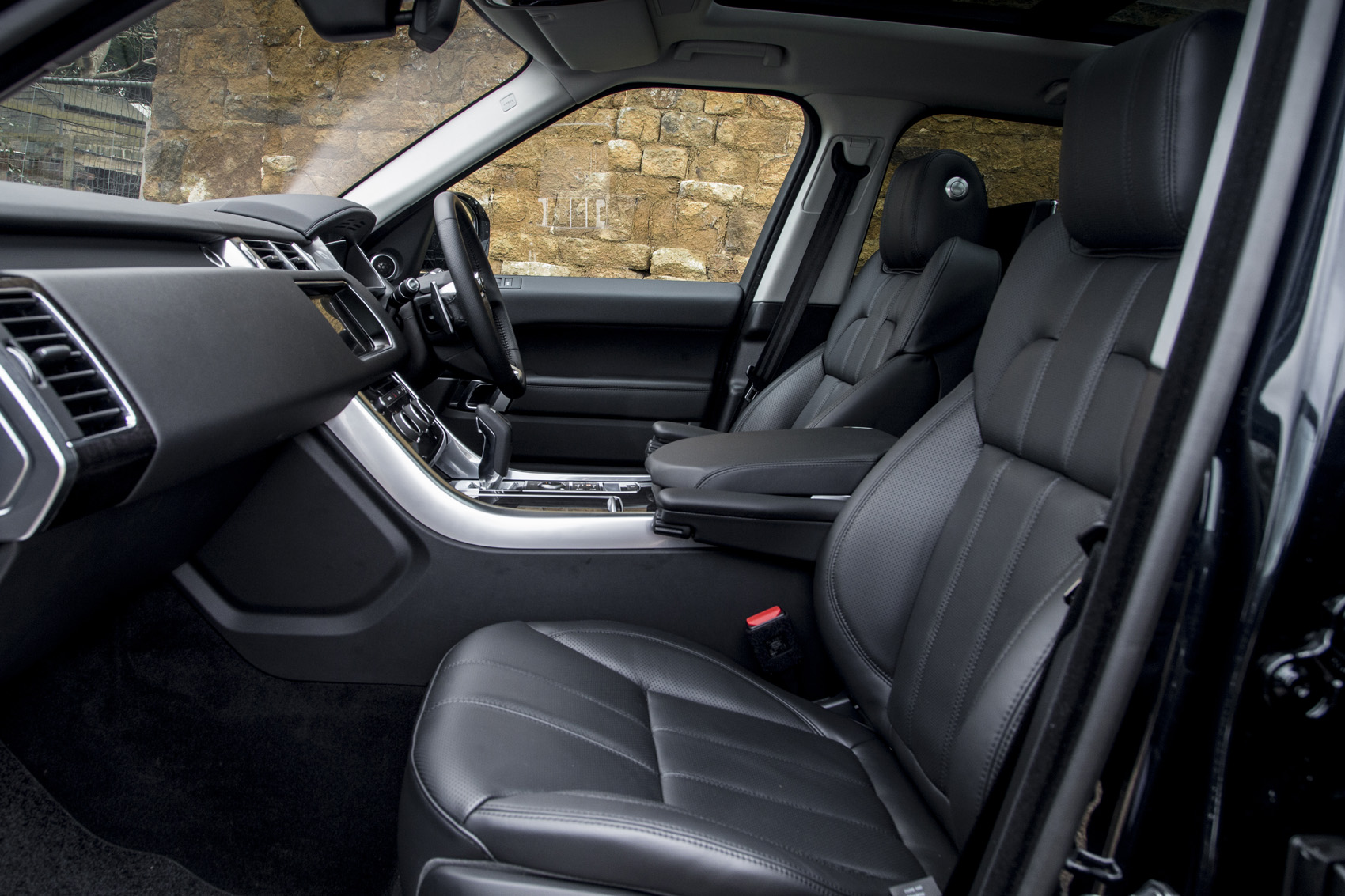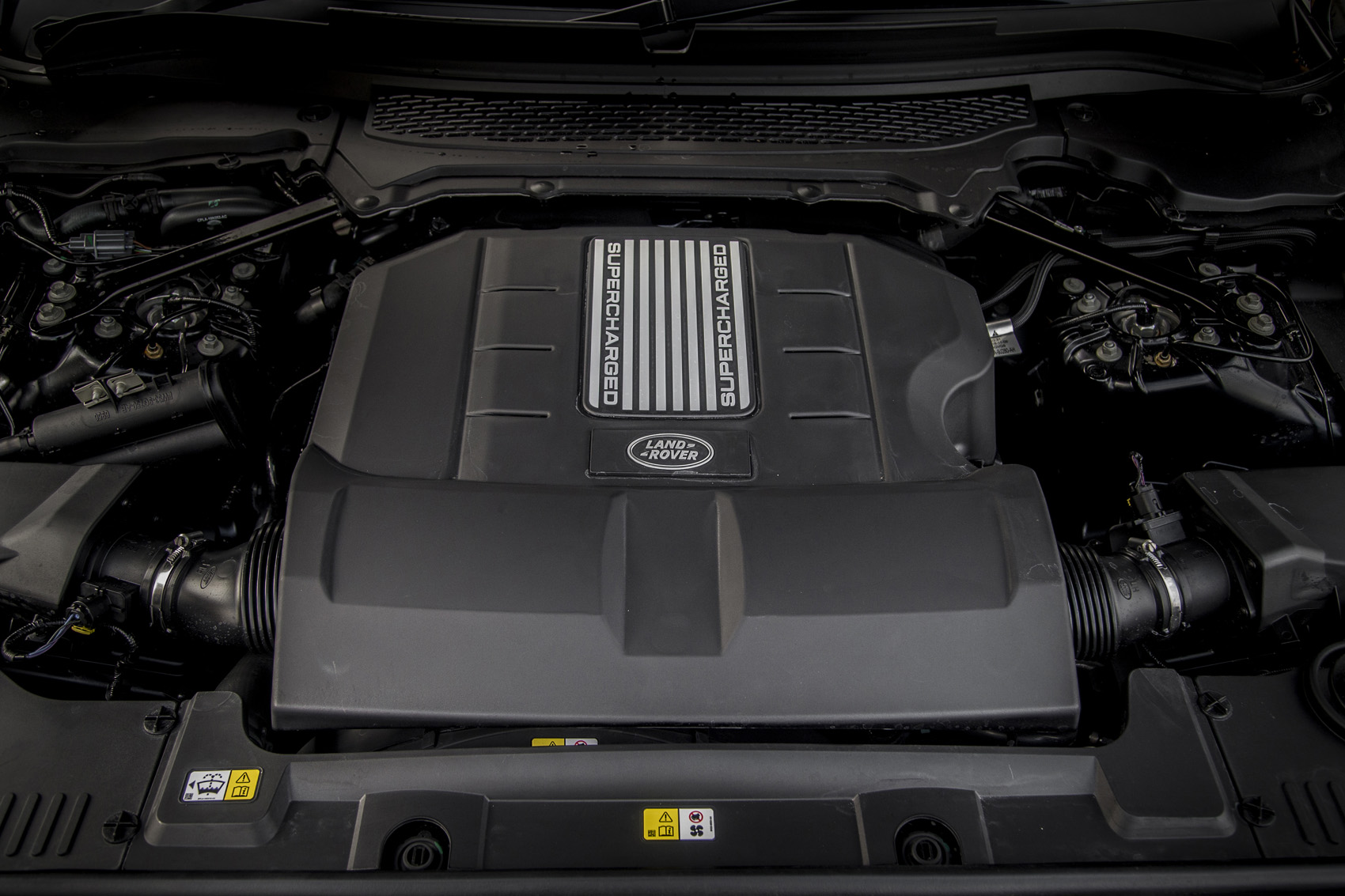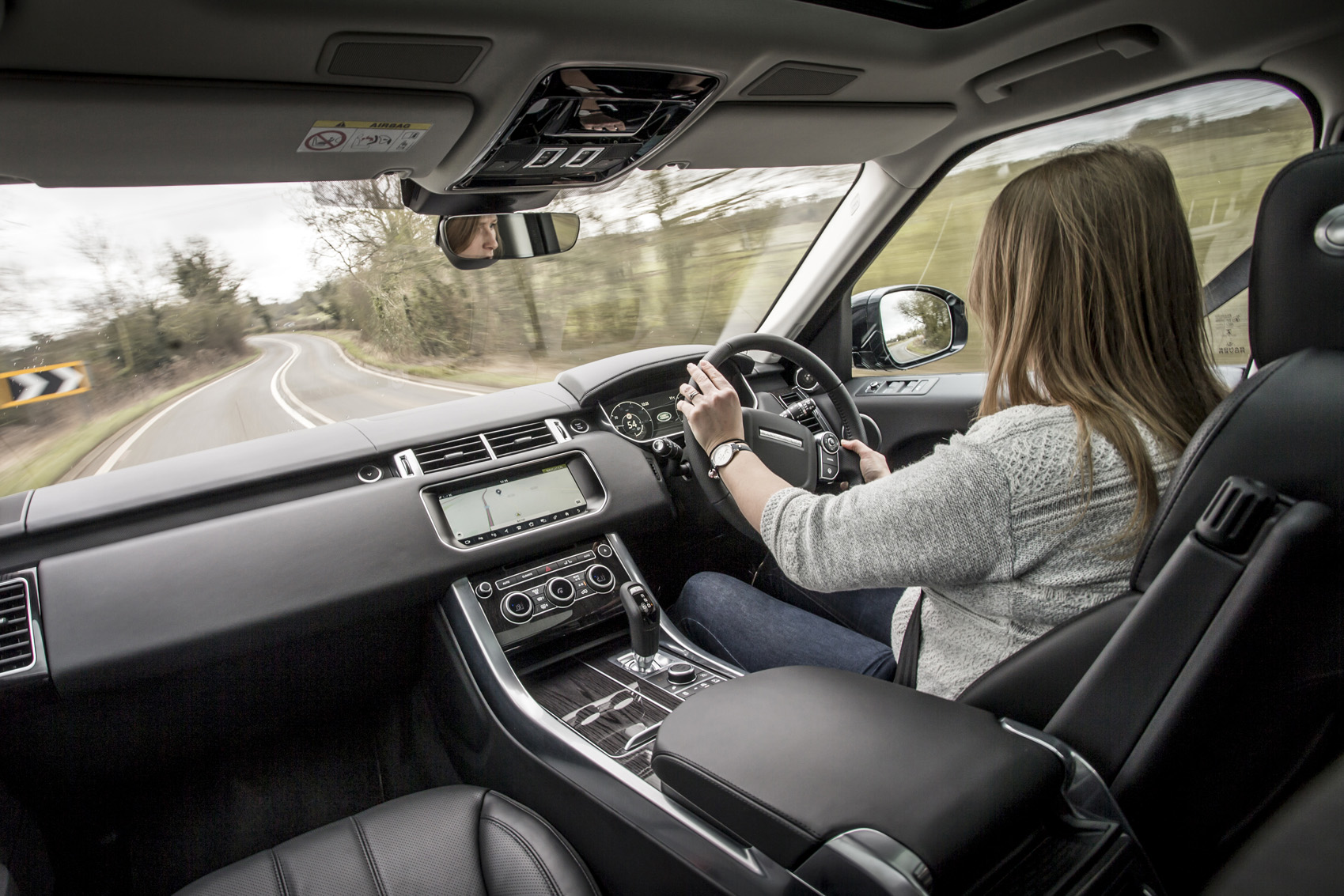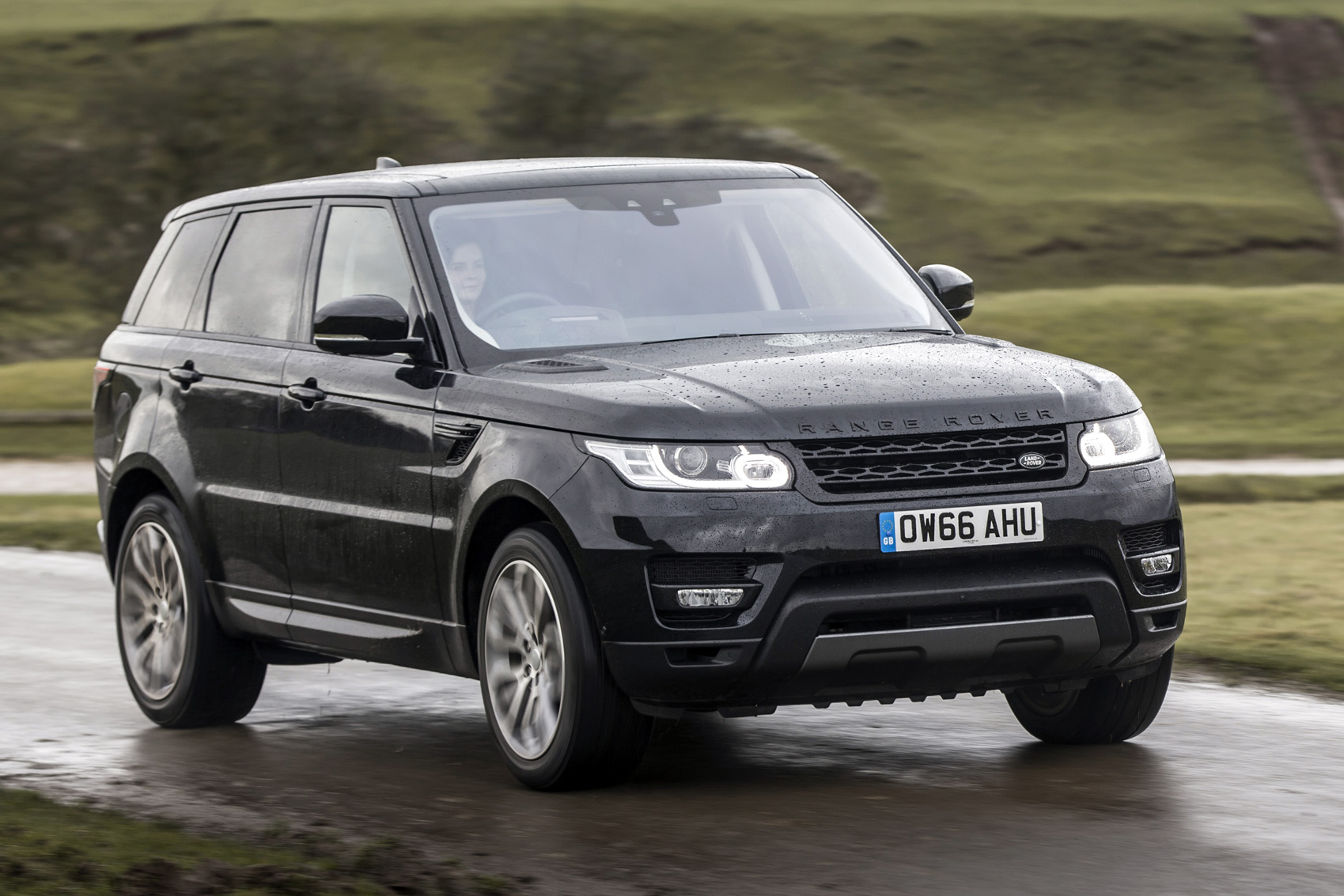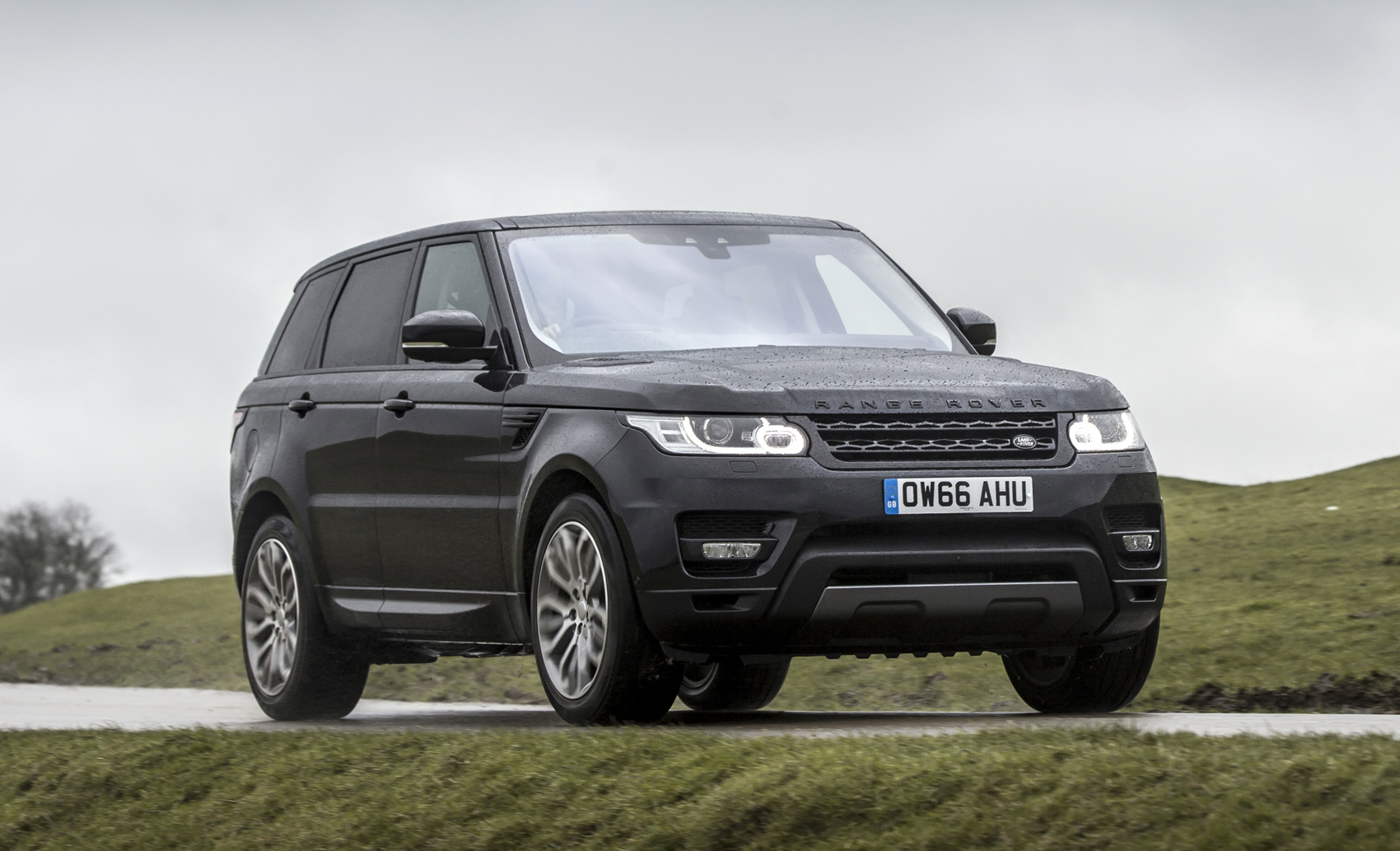You have to climb up into a Range Rover; it’s part of the appeal. However, with its Access suspension setting selected, the new Sport sits 10mm lower than the last, so the process is less of a stretch than it was previously.
The Sport’s cabin is lavish, stylish and substantial, and also much more inviting than the typical premium SUV from Germany. Land Rover has managed to develop the car in two opposing directions simultaneously, making it more usefully versatile and more luxurious. From inside, at least, the Sport really has come of age.
Up front, you sit higher than in the average 4x4 but also quite recumbent, in what is now described as the ‘sports command driving position’, which feels about 80 percent ‘classic’ Range Rover and 20 percent ‘new’ Evoque.
Your view out is excellent, but it’s the sheer square footage of expensive materials you’ll marvel at. Our test car had beautiful Ivory leather on the door cards and across the fascia as well as on the seats, as well as tactile aluminium veneer decorating a raised centre console that brings the exterior’s high-design appeal inside.
The climate control switchgear and joystick gear selector reminded us of those in a Jaguar F-Type, but they’re no less fitting. The instruments are conventional and clear and the touchscreen multimedia system – now navigated via touch-sensitive pads rather than buttons – works well.
It's also pleasing to find that the standard Bluetooth phone system works well, although we had to connect twice to successfully stream audio. The sat-nav system is functional, too, but it's starting to look a little dated and it could be faster. The Sport is the first Land Rover to be offered with a colour head-up display however, which can relay sat-nav instructions.
The smallest of ‘buts’ concerns outright space. In the second row, the Sport is about an inch shy of the class’s best on legroom and headroom, and its new third-row seats, while usable, certainly aren’t for regular adult use. But premium SUV-class space standards are otherwise high, and most will find the Sport comfortably big enough for their requirements.
On the standard equipment front, there are four trims to choose from - HSE, HSE Dynamic, Autobiography Dynamic and the rabid SVR. Entry-level models come with 20in alloy wheels, xenon headlights, keyless entry, front foglights, and a reversing camera as standard on the outside, while inside there is perforated leather upholstery, heated seats all round, lane departure warning and JLR's InControl infotainment system complete with sat nav.
Upgrade to HSE Dynamic and the Sport gains red Brembo brakes, a twin-speed transfer box, JLR's all-terrain mode, lots of gloss black exterior mouldings and 21in alloy wheels, while the Autobiography Dynamic adds a panoramic roof, ventilated seats, 19-speaker Meridian audio system, heated steering wheel, adaptive cruise control, blind spot monitoring and a 360-degree camera system.
The range-topping SVR model not only gets the rapid 5.0-litre V8 motor, but a quad-exhaust system, darkened headlights, blue Brembo brake calipers and a specially-designed rear spoiler.


